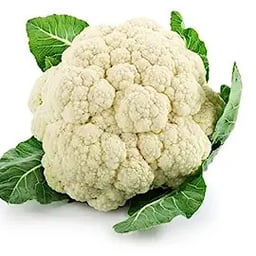Hey all,
I like etymology. When I see a word I don’t know - or even one I know but I can’t quite guess where it might come from - I look it up.
And so I do too with Finnish words. And there’s something that has been puzzling me for quite some time: a surprising number of very common, everyday Finnish words, seem to have been coined very recently, in the 19th and early 20th century.
I’m not talking about words that describe new things, like automobiles or electric devices. It would make sense that words describing those things came about when those things first appeared. And I’m not talking about words borrowed from other languages. I’m talking much more generic words entirely made up in Finnish. For instance:
- Lihas: liha + -s. Coined by Finnish teacher and linguist Gustaf Erik Eurén in 1860.
- Osake: osa + -ke. Coined by Finnish author and journalist Pietari Hannikainen in 1847.
- Kahvila: kahvi + -la. Coined by Finnish politician, historian and professor Yrjö Sakari Yrjö-Koskinen in 1861.
Now here’s the mystery: I’m pretty sure muscles, company shares and coffee houses existed in Finland before the mid-19th century. So what were those things called before? Why did some people decide to coin new words for them? Why did so many new Finnish words seem to appear in that time period?
I’ve asked my Finnish friends but they don’t know. They don’t even seem to be aware that a lot of their language is actually quite recent.
Any linguist out there who would know?

